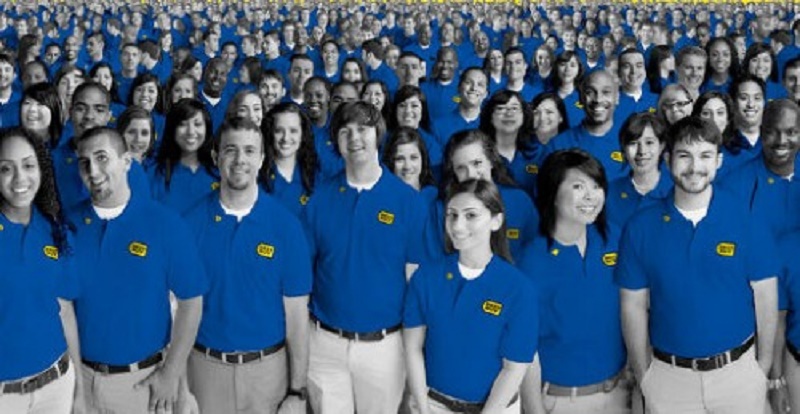A business is only as good as its employees

Traditional HRM practices are now giving way to a new discipline called Human Capital Management. There are scholars who insist on treating human beings as capital and there are others who question the logic behind treating human beings as capital – something that may be tangible or may not.
Steve Jobs, the late founder of Apple said, “Innovation is about the people you have, how you have been led and how much you get it”. Apple is considered one of the most innovative companies in the world. Therefore, the words from Jobs need to be treated as sanctimonious.
In their book on innovation management, John Bessant and Joe Tidd claim that statements like “people are our greatest assets”, “we believe in empowering people”, “working in teams” etc have become more like platitudes. Employees treat such statements with cynicism and disdain.
Where is the problem? Organizations are used to looking at people as part of a problem. Seldom are people looked up to as solutions. Every human being has the capability to be creative but rarely do they get an opportunity to leverage on this capability. Many creative ideas are generated during a brainstorming session. Creative collusion among people for constructive purposes leads to synergy and achieving extraordinary results from ordinary situations.
Innovation in Human Resource
Innovation has always been about people who stand out as a face in the crowd. Such people refuse to conform to the status quo and energize their creativity leading to discontinuous innovations. Radical innovations result from a dogged pursuit of an individual’s ambitions. If you observe carefully, most innovators are self-motivated and driven.
Today it has been widely acknowledged that innovation thrives in a high performance culture and this enhances the performance of business. Strategic value gets added to the business at every step. In a knowledge economy where creativity is at a premium, people are the most important assets a firm has. Creating and sustaining a culture of innovation can be a humongous challenge for organizations.
Management scholars like C K Prahlad, Gary Hamel & Vijay Govindarajan have often pointed out the futility behind stifling bureaucracy, unhelpful organizational structures and other bottlenecks that impede communication. But there is a word of caution here. Informal environments need some amount of monitoring and supervision to ensure that there is order even when there is chaos.
So, what are the characteristics of an innovative organisation?
• Clearly articulated and shared sense of purpose
• Commitment from the top teams
• A robust organizational design
• Sharp customer focus
• A creative climate within the organization
An innovative organization is more than a structure that is designed for perfection. Effective integration of individual components reinforces a culture of innovation. One of the famous examples is Dave Grossman’s IBM’s turnaround strategy . Grossman led IBM’s entry into e-business despite lack of support from his bosses. Thus, it is important for leaders to create space for innovation within the organization.
Is technology driving innovation in HR?
Despite advances in technology, we have to accept the fact that there is only so much that technology can do. So long as the universe exists, people will always be needed to script the success stories of organizations. People contribute to innovations and this gives organizations a sustainable competitive advantage in the market place.
The ROI on capital is measurable; however the ROI on human capital is difficult to measure.
As Narayanamurthy, chief founder and mentor, Infosys, once famously said, “All the intellectual capital in my organization leaves the office in the evening and comes back the next day”. It is about time business organizations focused on treating their employees as assets and start taking action.





